5 Incredible Things Smartphones Are Doing To Save The World
Mar 12, 2016 03:01
You can do everything with your phone these days, but did you know that it might also be helping scientist to save the world?
1. Smartphones are becoming portable microscopes
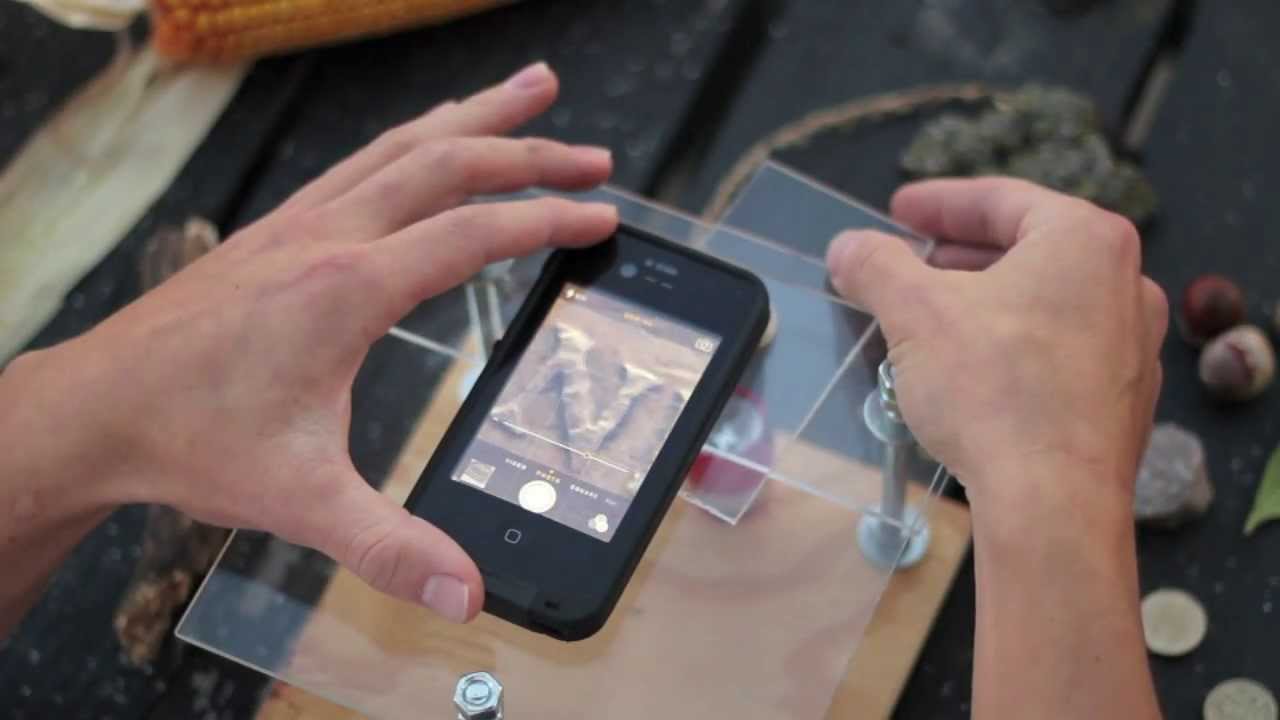
Scientists at UCLA have created a portable microscope that can fit on the back of a smartphone. The reason why this is so incredible is because it becomes the substitute for when traditional lab equipment isn’t available.
Microscopes can be used to image things we can’t see with our naked eye, especially viruses and other microbes.
It has potential field applications allowing doctors in remote areas to monitor how effective certain treatments are.
2. Smartphones may be able to measure or predict earthquakes
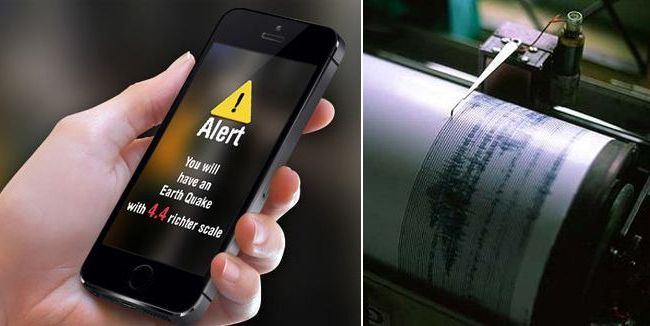
With enough people carrying a smartphone around, data from its accelerometer can measure earthquake forces. By combining a network of them together, it may be able to allow emergency response teams to pinpoint an earthquake’s epicenter. It may also offer early warning signs, allowing scientists to predict when and where a quake will happen.
This could potentially save thousands of lives.
The only trouble with this is getting enough people to share that data.
3. Weather prediction
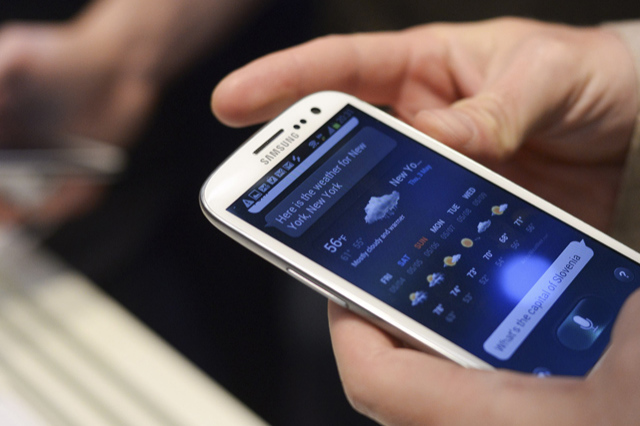
An iOS app known as Satcam uses the phone’s camera to take a picture to help in weather prediction. It may not seem like a huge world saving tool when you’re in a climate that doesn’t change much, but for places that natural disasters occur, this could potentially be life saving.
4. Diagnosing your medical conditions
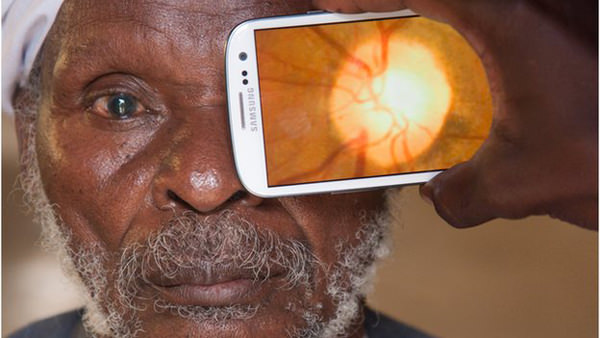
Imagine not having the need to go to a doctor, or checking WebMD to self-diagnose, but using a medically attached device to diagnose any medical condition you might have. Researchers from MIT created a device that can attach to a smartphone where its lasers will diagnose you from your eye.
There are also many possible applications dealing with your health to this too. Some of them are pretty cutting edge.
5. Crowdsourcing science
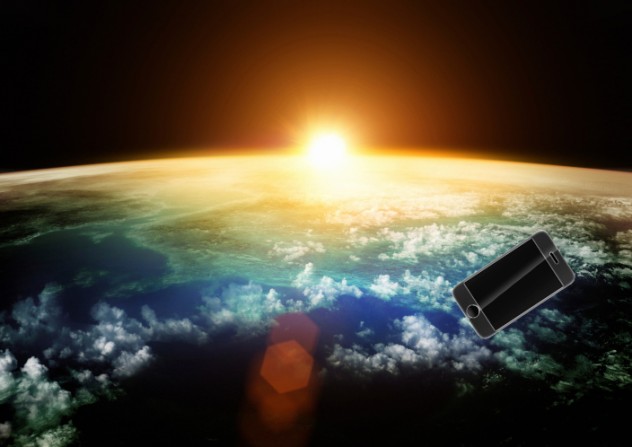
To make science more accurate, you need more data. And you need more computing power. So by collectively accumulating them and networking them together, scientists might be able to achieve what they are looking for in less time. For example, data collection on wildlife preservation, to space phenomenons, can easily be collected by normal folk, and sent to scientists.
Couple that with combined computing power from billions of devices around the world, one such project taking advantage of this is BOINC, which aims to develop new drugs against the HIV virus. Your smartphone and participation could potentially make the world a better place.







































































